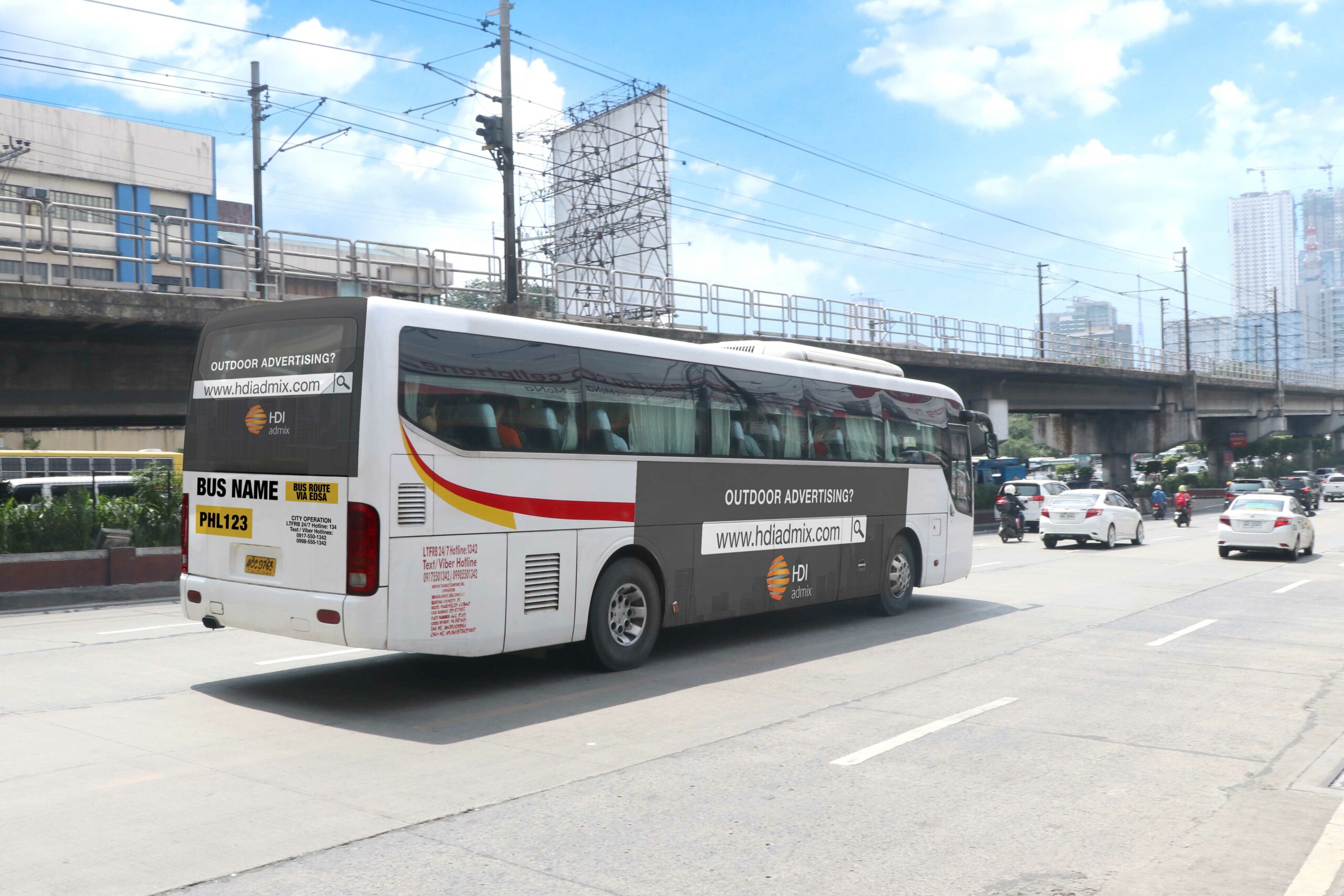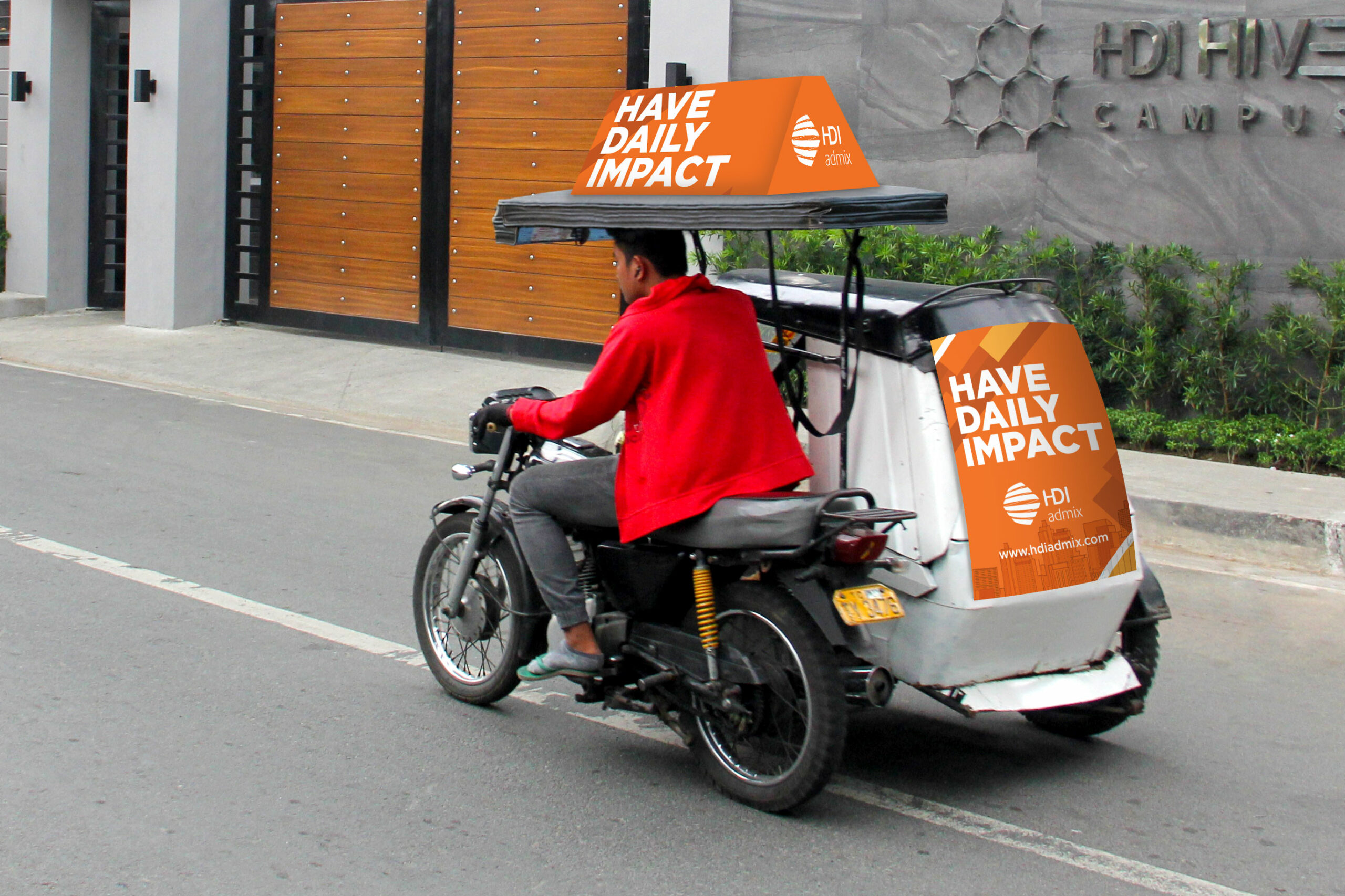Transit Advertising Philippines: Reach Hundreds Of Commuters Daily
Transit Advertising Philippines: Reach Hundreds Of Commuters Daily
Blog Article
Understanding the Duty of Transit Marketing in Enhancing Brand Exposure and Customer Engagement
Transit advertising and marketing has become a crucial component in the advertising and marketing landscape, providing unique chances for brands to elevate their exposure and involve consumers successfully. With the ability to get to a diverse and restricted target market during their everyday commutes, these advertising and marketing approaches are not merely about visibility; they are concerning developing significant connections with potential consumers. As we explore the diverse benefits and cutting-edge approaches within transit advertising and marketing, it becomes vital to think about just how these elements jointly influence consumer understanding and actions, elevating inquiries concerning their long-lasting effect on brand name loyalty.
Interpretation of Transit Advertising And Marketing
Transportation advertising and marketing refers to the technique of advertising products, services, or brand names through advertisements placed around public transport systems. This type of marketing incorporates a range of positionings, consisting of posters on trains and buses, electronic displays at transit terminals, and wraps on the outside of vehicles. It intends to get to a varied target market, taking advantage of the high foot traffic connected with public transportation.
Transportation advertising and marketing is tactically positioned to record the focus of travelers, that frequently spend considerable time taking a trip or waiting. By integrating ads right into the day-to-day routines of people, brands can develop a lasting perception and foster brand recognition. The tool is especially effective in urban environments, where public transportation is a primary setting of travel.
In addition, transit advertising and marketing can facilitate local targeting, enabling services to get to specific demographics based upon transportation routes and terminal locations. As urban populaces expand and making use of public transport boosts, this advertising and marketing technique has gotten importance as an important component of integrated advertising techniques. The vibrant nature of transportation marketing, incorporated with its capacity to involve consumers in a restricted atmosphere, highlights its significance in modern advertising and marketing methods.
Benefits of Transportation Advertising
The effectiveness of transit marketing hinges on its capability to deliver a multitude of advantages to brands looking for to boost exposure and involvement. Among the key advantages is the substantial reach it uses; transit ads can properly target varied demographics throughout urban locations, reaching both pedestrians and travelers alike. This wide exposure considerably boosts brand name awareness.
An additional advantage is the high frequency of perceptions. As transit cars travel along established paths and quit at several places, they develop recurring exposure that strengthens brand messages. This regularity cultivates experience, which is critical in customer decision-making.
Transit marketing is also cost-efficient compared to various other media systems. Provided its extensive reach and possibility for high impacts, brand names frequently experience a reduced cost per thousand impacts (CPM), maximizing their advertising and marketing budget plan.
Additionally, transportation ads can produce a feeling of community link. By lining up with local transportation systems, brands can reverberate with regional audiences and cultivate a sense of regional satisfaction. This local strategy enhances brand commitment and interaction, making transit advertising and marketing a compelling choice for companies aiming to strengthen their presence in the market.

Effective Techniques for Transit Projects
To optimize the influence of transit projects, brand names should leverage calculated preparation and implementation tailored to their target audience. Initially, identifying the market qualities of the target market making use of public transit is critical. This allows brands to develop individualized messaging that resonates with potential clients.
Next, selecting the appropriate transportation mediums is crucial. Whether making use of bus covers, train posters, or electronic displays, each medium has special benefits that can boost visibility. As an example, dynamic visuals on bus covers can stand out, while electronic ads can be upgraded regularly to mirror timely promos.
Moreover, incorporating a cohesive branding method throughout transportation systems guarantees uniformity and enhances the brand name's identity. Using appealing designs and remarkable taglines will reinforce brand name recall amongst travelers.
By using these techniques, brands can effectively harness the possibility of transit advertising, promoting better understanding and connection with their target audience. Ultimately, a well-executed transportation project can drive substantial growth in brand name visibility and consumer engagement.

Gauging Effect and Interaction
In assessing the performance of transit ad campaign, exact measurement of impact and involvement is crucial for brands seeking to maximize their advertising and marketing strategies. Metrics such as reach, frequency, and impressions supply fundamental information to evaluate exposure. Assessing these variables aids determine the number of potential customers are subjected to the promotions throughout their everyday commutes.
Engagement can be further evaluated with customer communications, such as website web traffic, social media sites discusses, and straight feedbacks to calls-to-action featured in the advertisements. Making use of tools like QR codes or one-of-a-kind Links can help with tracking of consumer habits directly connected to transit projects. Surveys and responses devices additionally serve as useful approaches to collect qualitative information on consumer understandings and recall of the ad.
Moreover, progressed analytics and acknowledgment models can associate transportation exposure with succeeding buying behavior, supplying insights into the return on investment. By using a thorough strategy that integrates qualitative Recommended Site and measurable measures, brands can establish a nuanced understanding of their transit advertising effect. Eventually, this data-driven technique makes it possible for brands to improve their projects, ensuring they resonate properly with target audiences and improve total brand name exposure.
Instance Studies of Effective Projects
Successful you can try this out transit advertising and marketing projects work as compelling instances of how efficient approaches can raise brand exposure and involvement. Transit Advertising Philippines. One remarkable situation is the "I Love New York" project, which changed the city's image and drew in millions of tourists. By using train advertisements, signboards, and bus wraps, the campaign produced a strong, natural brand name identity, resulting in a significant uptick in tourism and regional business patronage
Another exemplary campaign is Coca-Cola's "Share a Coke" campaign, which leveraged transportation advertising to individualize the brand name experience. By featuring popular names on promotional products across various transportation platforms, Coca-Cola fostered a deeper emotional connection with customers, urging them to share their experiences on social media.
Furthermore, the "Got Milk?" project efficiently made use of public transport advertisements to get to a broad audience, reinforcing the message of the significance of milk in a balanced diet plan. The project saw a measurable increase in milk usage in target demographics.
These study highlight that when performed thoughtfully, transit marketing can substantially boost brand visibility, foster consumer involvement, and drive measurable results, demonstrating its important role in modern advertising and marketing methods. - Transit Advertising Philippines
Final Thought
To conclude, transit advertising and marketing functions as an important tool for enhancing brand visibility and promoting customer involvement. By using purposefully positioned advertisements within mass transit systems, brands can successfully reach varied target markets and enhance acknowledgment through regular exposure. The application of targeted messaging and cutting-edge strategies additionally intensifies the effect of transportation campaigns. Ultimately, the capacity to determine engagement and analyze effective instance researches highlights why not find out more the efficiency of transit marketing in driving brand commitment and consumer interactions.
Transit advertising and marketing has actually arised as a pivotal aspect in the advertising landscape, using special possibilities for brand names to boost their presence and involve customers properly.Furthermore, transportation advertising can assist in localized targeting, permitting companies to get to specific demographics based on transit courses and terminal areas.In assessing the performance of transportation advertising and marketing campaigns, accurate measurement of impact and involvement is necessary for brand names seeking to maximize their advertising and marketing methods.Effective transportation advertising and marketing campaigns offer as compelling instances of just how efficient techniques can elevate brand name presence and engagement.In verdict, transit advertising offers as a crucial tool for enhancing brand visibility and promoting consumer interaction.
Report this page